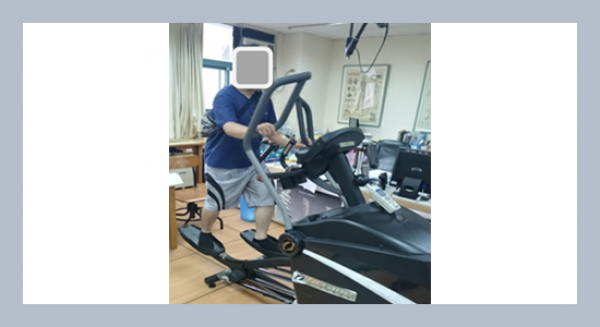Lu Ki Ong1, Verenska Victoria Lauw1, Sherly Tang1, Yalun Arifin2, Lieke Riadi1,3* 1 Chemical Engineering Department, University of Surabaya, Surabaya 60293, Indonesia 2 Food Business Technology Department, Prasetiya Mulya University, Tangerang 15339, Indonesia 3 Center for Environmental and Renewable Energy Studies, University of Surabaya, Surabaya 60293, Indonesia
Download Citation:
|
Download PDF
Spirulina farming can be a solution to provide nutritious food for the increasing global population. Mixotrophic cultivation technique using wastewater nutrient to supply the energy for biomass growth beside the light energy is a promising technology to grow more Spirulina biomass. Electricity from solar energy can be utilized as a clean energy to power the aeration and illumination in Spirulina cultivation. A rooftop monocrystalline silicon (m-Si) solar panel with an area of 27 m2 was used to power Spirulina starter incubation (7 days) and mixotrophic or photoautotrophic cultivation at room temperature, various light intensity (1500–6000 lux), and fix aeration rate at 4 L/min for 5 days. MSI (Maris Sustainable IndonesiaTM, PT Maris Indonesia) medium supplemented with tempeh industry wastewater (1% v/v to MSI media) was used as organic carbon and growth nutrient source in mixotrophic cultivation. Mixotrophic culture grew faster than photoautotrophic culture (0.2615/day vs. 0.2107/day) due to its capability to harness catabolism activity for growing and multiplying. Growth inhibition by high photon density was implicitly observed in the slower or no increase of specific growth rate with the increasing light intensity in photoautotrophic culture. Application of solar panel lowered about 5.9% of carbon footprint in contrast to the fossil fuel sourced electricity. Net negative carbon footprint could be achieved through carbon fixation into Spirulina biomass.ABSTRACT
Keywords:
Photovoltaic panel, Microalgae, Spirulina, Mixotrophic, Carbon footprint.
Share this article with your colleagues
REFERENCES
ARTICLE INFORMATION
Received:
2022-12-26
Revised:
2023-02-27
Accepted:
2023-03-06
Available Online:
2023-04-10
Ong, L.K., Lauw, V.V., Tang, S., Arifin, Y., Riadi, L. Application of solar photovoltaic for the cultivation of Arthospira platensis (Spirulina). International Journal of Applied Science and Engineering, 20, 2022368. https://doi.org/10.6703/IJASE.202306_20(2).008
Cite this article:
Copyright The Author(s). This is an open access article distributed under the terms of the Creative Commons Attribution License (CC BY 4.0), which permits unrestricted use, distribution, and reproduction in any medium, provided the original author and source are cited.















